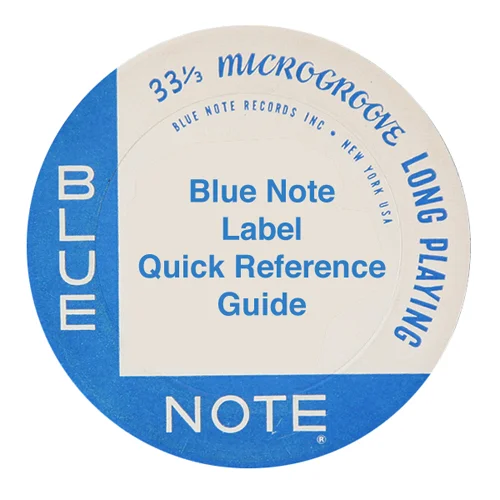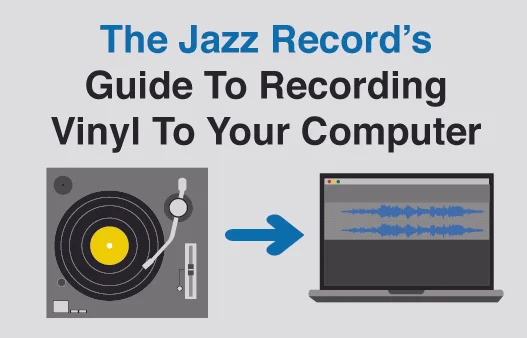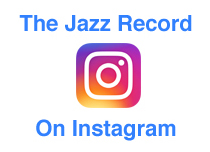Art Farmer & Benny Golson Jazztet - "Another Git Together"
/I just returned from a visit to my old stomping grounds in the Maryland / Metro DC area, and like all trips this one included one sure item on the itinerary: diggin' through the racks at some local record shops!! I found some real gems (without breaking the bank) and over the next few weeks I'll be posting them here. I'll feature the LPs as I came across them - starting with Another Git Together.
Art Farmer / Benny Golson Jazztet • Another Git Together • 1962 • Mercury Records MG 20737
Recorded May 28 & June 21, 1962 at Nola Penthouse Sound Studio, NYC
The Players:
Art Farmer - Trumpet
Benny Golson - Tenor Saxophone
Grachan Moncur III - Trombone
Harold Mabern - Piano
Herbie Lewis - Bass
Roy McCurdy - Drums
The Tracks:
A1. Space Station
A2. Domino
A3. Another Git Together
B1. Along Came Betty
B2. This Nearly Was Mine (From "South Pacific")
B3. Reggie
The Record:
Another Git Together is a hard bop lover's dream, and while listening to it I couldn't help but wonder why this group isn't held in higher regard in the history of jazz's golden age. They seem to be an afterthought compared with Art Blakey's Jazz Messengers, even though the music they produced is at an equally high level. Golson was, of course, not only a former member of the Jazz Messengers, but was an integral part (as player and composer) of 1958's Moanin', often cited as the JM's best album featuring their strongest lineup. Golson has always been appreciated as an accomplished jazz composer, but Farmer often seems to get lost in the pantheon of great trumpet players who appeared in the late 1950's and 1960's. Yet, the more I hear his playing, the more it becomes obvious the dude didn't take a backseat to anyone.
Another Git Together would be the final record from the Jazztet until Farmer and Golson revived the group again in 1982 and, along with Here and Now (recorded earlier in 1962 and the other album by the Jazztet to appear on Mercury), it can be considered one of their finest efforts. It also marked the second appearance on a jazz record by the legendary Grachan Moncur III (the first being on Here And Now earlier in the year), so if nothing else we can be thankful to Farmer and Golson for bringing him to the attention of the jazz world.
Moncur III contributes the opening track "Space Station," an uptempo minor mode number that hints at the great things to come from him, while the rest of the album features two Golson originals and three older popular tunes that can't quite be called standards. Golson's "Along Came Betty" is a jazz standard to this day and will be familiar to many readers through the original version on Moanin', although this time it moves along at a quicker pace than the original. All the songs are of a nice length, right around the five or six minute mark, giving the soloists room to stretch out without losing the listener's attention.
As with the other incarnations of the Jazztet, this group features a level of improvisation and unity at such a high level it is a shame that they disbanded after this recording. The severely underrated Harold Mabern on piano shows off his impressive chops on each and every track, while the obscure rhythm section of Lewis and McCurdy handle the various tempos and phrasings the players throw at them with no problem.
This is the second Jazztet album I've scored on vinyl, the first being their 1960 debut Meet The Jazztet on Argo (LP 664) which is equally strong and features a young McCoy Tyner before he would soon burst onto the scene in full. Another Git Together is uniformly strong, in both the music and the compositions, and comes recommended to any lover of modern jazz without any hesitation. If I have one complaint, it is that the album is too short, but I'm sure that is a criticism that any musician would gladly hear.
The Vinyl:
This is an original mono pressing, with the deep groove marking, and as such it sounds absolutely fantastic. Dynamic audio with a deep and full sound only adds to the quality of the music that lies within. This title was also released in stereo, and perhaps a reader can attest to the difference in quality and which would ultimately be preferable, but I have absolutely no qualms with the sound quality of the mono release. In any case, I scored this copy for $12.80 (the store was having a 20% off sale, and it was originally marked at $16), a true steal for an original mono copy of an album this good.
The back cover does proclaim:
Play your Mercury regular Monaural long-play recordings on a Stereo phonograph? Please do. The sound quality of any Mercury long-play recording is actually enhanced on a Stereo phonograph.
Enhanced? I realize we all play these mono LPs on modern day stereo equipment and they sound great, but was this really true back in 1962? Or was it a clever marketing ploy for those consumers who had yet to upgrade to stereo turntables? Maybe someone has some insight into this, as I've always been curious about such claims.
The vinyl has "MG 20737A M1" and "MG20737B M1" stamped into the respective runoff on each side. It was engineered by Tommy Nola at his studios in NYC, a name I'm unfamiliar with, but regardless there is no marking in the runoff to indicated that the music was made under his supervision.
The cover is a glossy photograph of the group's namesake's instruments, and while I'm usually not especially fond of such covers, this one has a certain charm. It also features the black bar at the bottom of the front, a feature of Mercury Records at the time - a feature I always felt intrusive, but, hey, what can you do?
Art Farmer & Benny Golson (Date & Photo Credit Unknown)












